PHOTO STORY
Diving off the grid in search of Manta Rays
LAMAVE has been studying rays in the Philippines since 2012, initially in Bohol but more recently in Masbate, where an underwater sea mount is proving to be one of the most important sites for manta rays in the country. Manta Bowl is a sea mount located off the coast of Ticao Island. It lies in the middle of the Ticao Pass, a productive strait that separates Ticao Island from the Bicol Peninsula in the Philippines. The bowl ranges in depths, but is effectively a plateau around 20-30meters deep that emerges from the depths of the pass; it is surrounded by much deeper water and is a beacon for marine megafauna.
Corals and rocky outcrops on the bowl have created a home for cleaner wrasse, small fish that remove unwanted parasites from much larger species such as sharks and rays. These patches of corals, together with the cleaning wrasse are described as “cleaning stations” and play an important role in the health of marine magafuna. Manta rays flock to manta bowl to be serviced at these cleaning stations, to have parasites removed and wounds cleaned. From a research point of view cleaning stations are like hitting the jackpot as they provide a predictable area to study marine megafauna. For the past year LAMAVE researchers have been studying the cleaning stations to gain a better understanding of the manta ray population visiting the area, and consequently contributing to what we know about this species in the Philippines. Using Remote Underwater Video (RUV) we’ve been able to monitor cleaning stations for extended periods of time without being limited by diving constraints. Set up in key areas overlooking the stations the cameras record continuous time-lapse of the cleaning station, capturing photos of visiting animals - crucially belly shots of the manta rays. Manta rays posses a unique spot pattern on their ventral side (belly) which enables us to identify each animal and gain an understanding of the population. So far more than 240 individual manta rays have been identified by our team along with contributions from the public through citizen science; this sets Manta Bowl as a highly significant area in the Philippines for the species.
The team travel to Ticao by bangka from Bulan, Sorsogon
Jemar declares it a “win” on arriving at Ticao Island Resort
The research base is located in Baranagay Bagahanglad, Tacdugan, Ticao, Masbate.
LAMAVE’s research team are incredibly fortunate to be based out of Ticao Island Resort. Famed for its horses and rodeos Masbate is considered the Wild Wild East of the Philippines. It is our only base that has wild horses strolling/trotting/galloping around!
Inside the LAMAVE office kubo the team have set up a map of the bowl.
Caught on camera! Previous team members who have contributed to the project are immortalised on the office wall of fame - screenshots from the Remote Underwater Video System.
Jemar prepares his scuba gear as the sun rises over the volcanic horizon of the Bicol Region.
LAMAVE Research Assistant Irene Pancrazi and Project Leader Joshua Rambahiniarison prepare for a negative entry dive into Manta Bowl.
A Remote Underwater Video (RUV) System deployed by the team. The waterproof casing protects a camera and battery pack that allows the team to record a continuous timelapse to capture photographs of mantas and other species visiting the cleaning stations in Manta Bowl.
Project Leader Joshua Rambahiniarison surfaces after a dive.
Junar Almincion from Ticao Island Resort helps the team reset and prepare the Remote Underwater Video System.
Manta rays are not the only species appearing on the Remote Underwater Video (RUV) System. The team have seen thresher sharks, jelly fish, squid, fish and even whale sharks!
Research volunteer Mika removes a ghost net from the reef in Manta Bowl. Ghost nets are discarded nets floating through the water and are a direct threat to the cleaning stations. Nets that become entangled in the reef can kill corals and destroy the homes of cleaner fish. Removing nets can help ensure the environment is safe for marine life. No cleaning stations would equate to no visits by manta rays and other species.
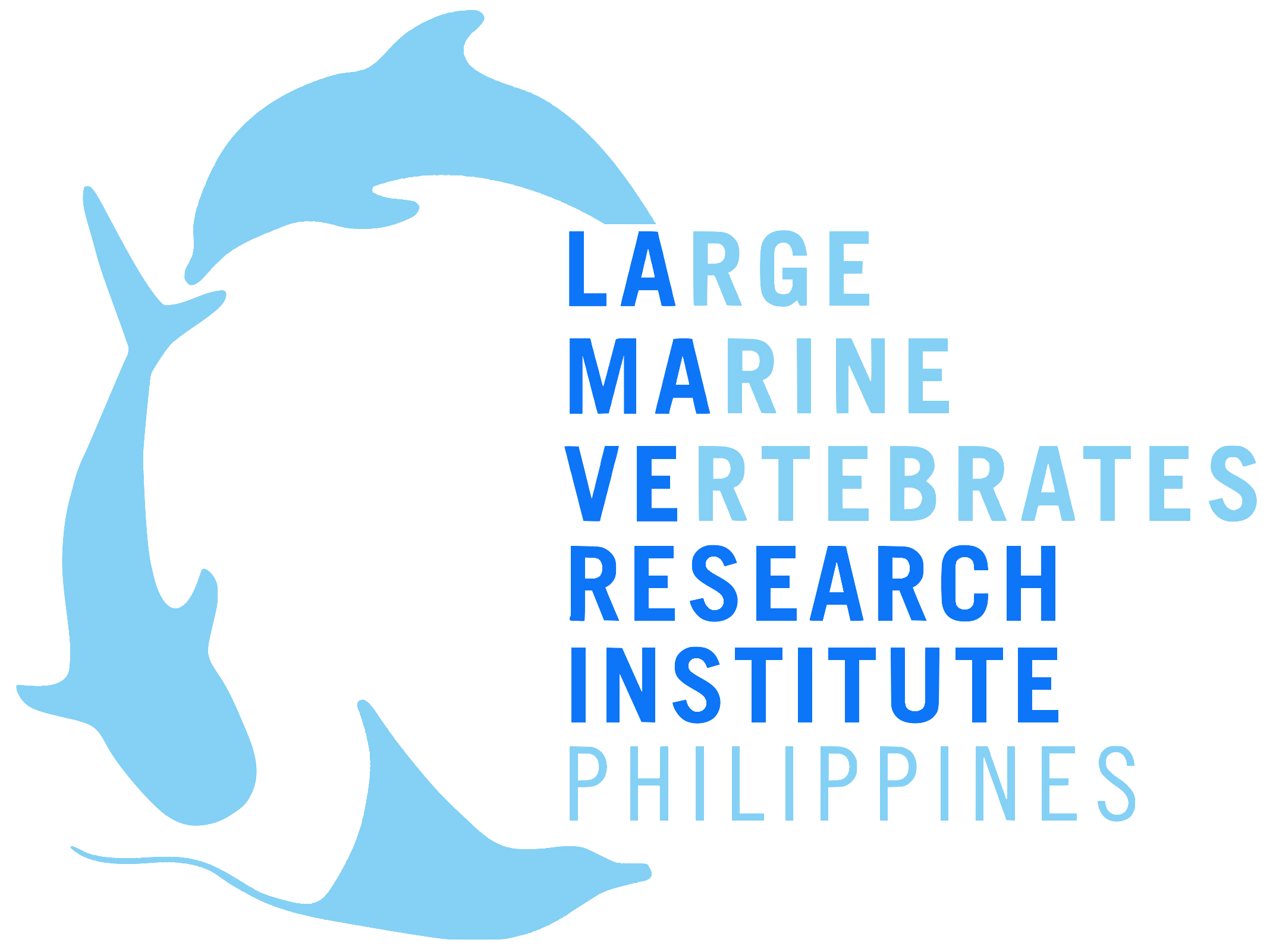







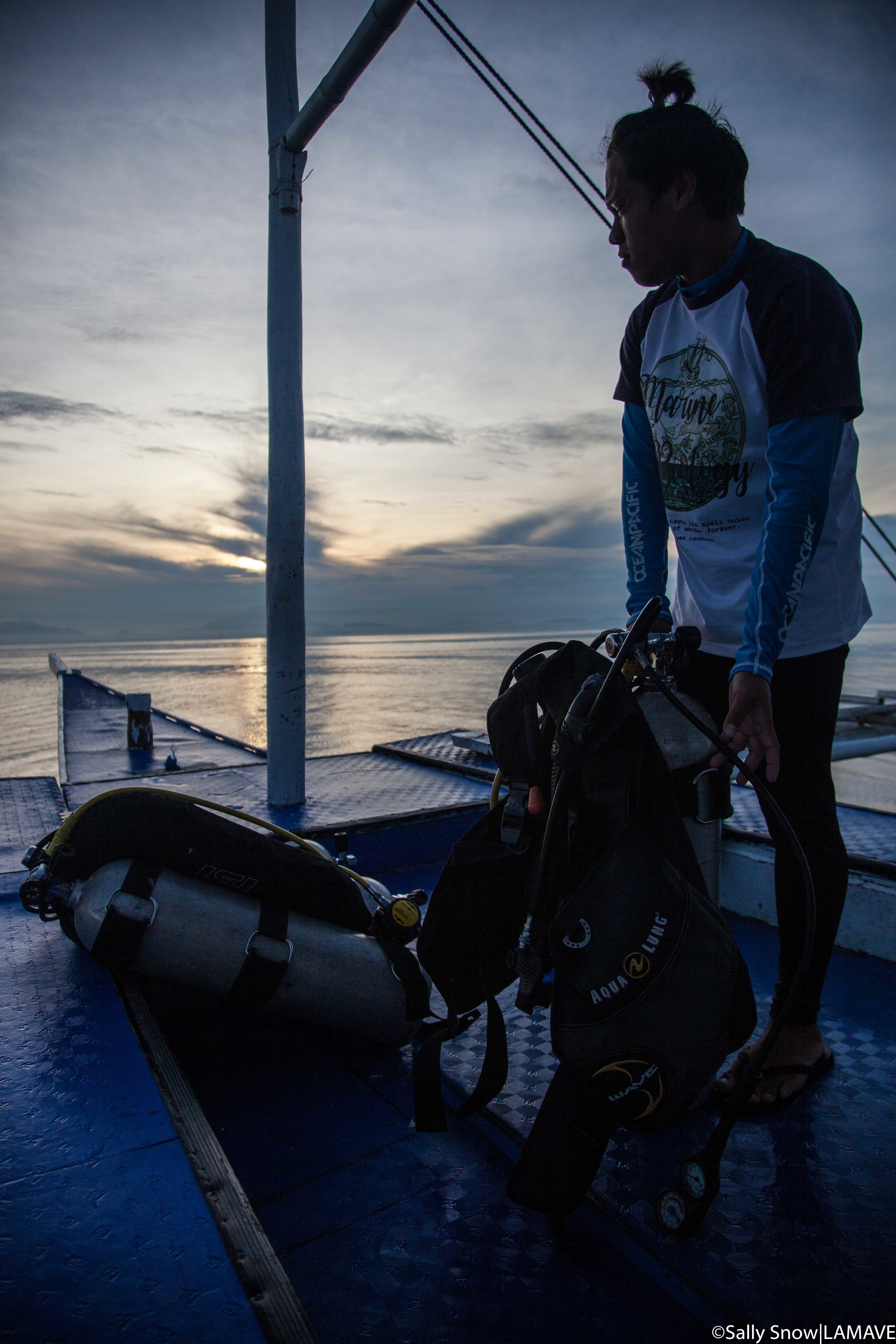




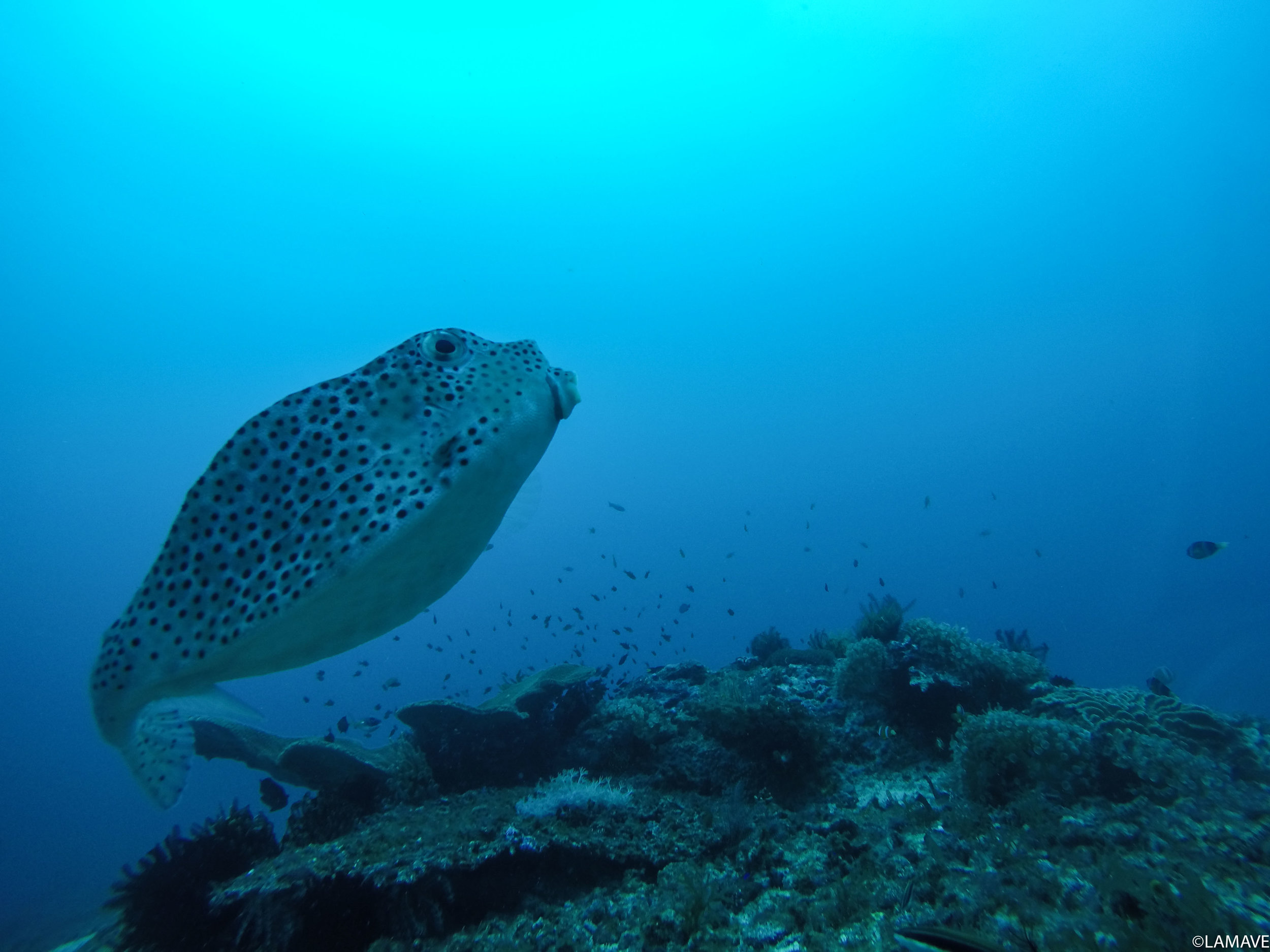
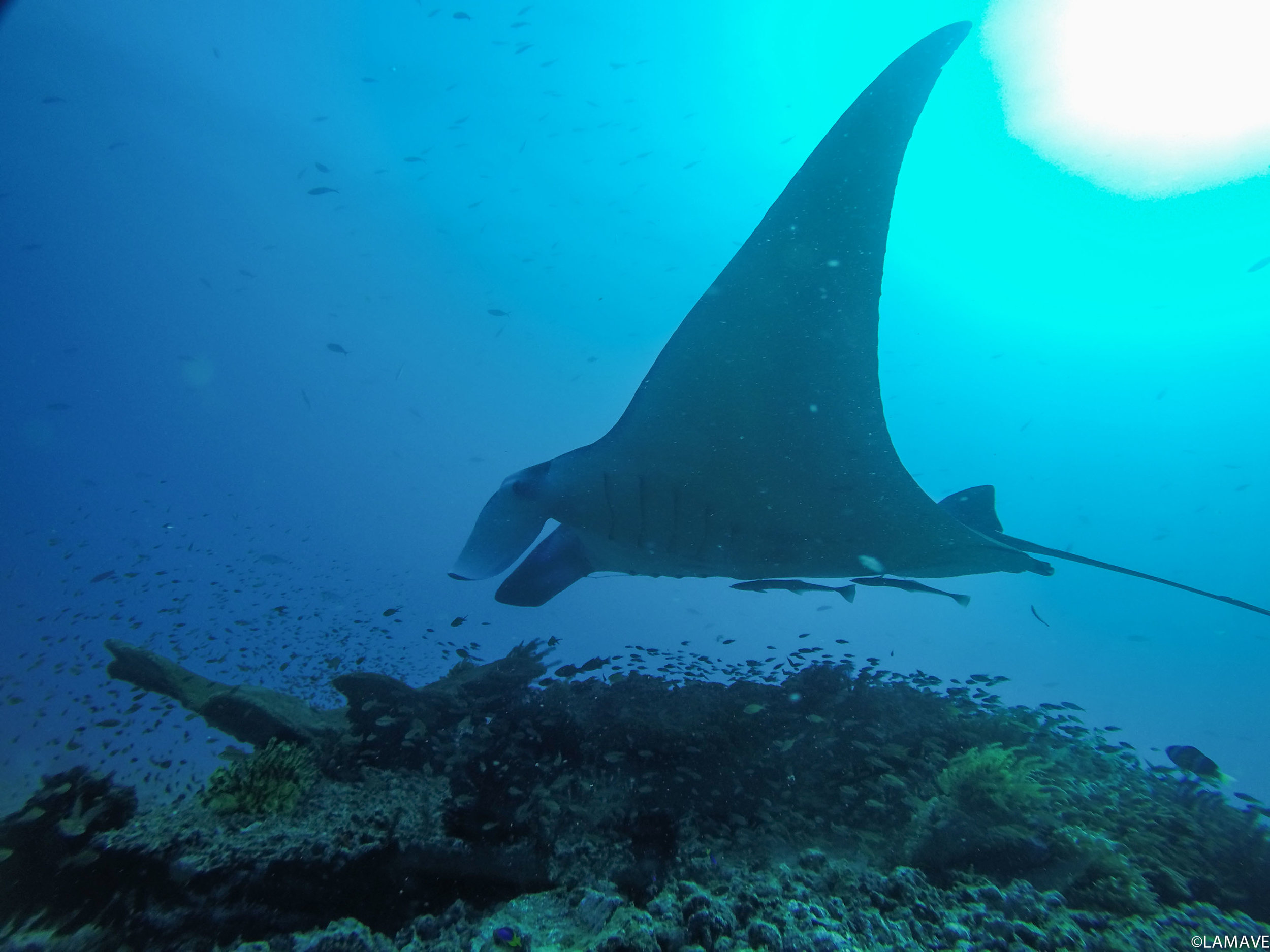

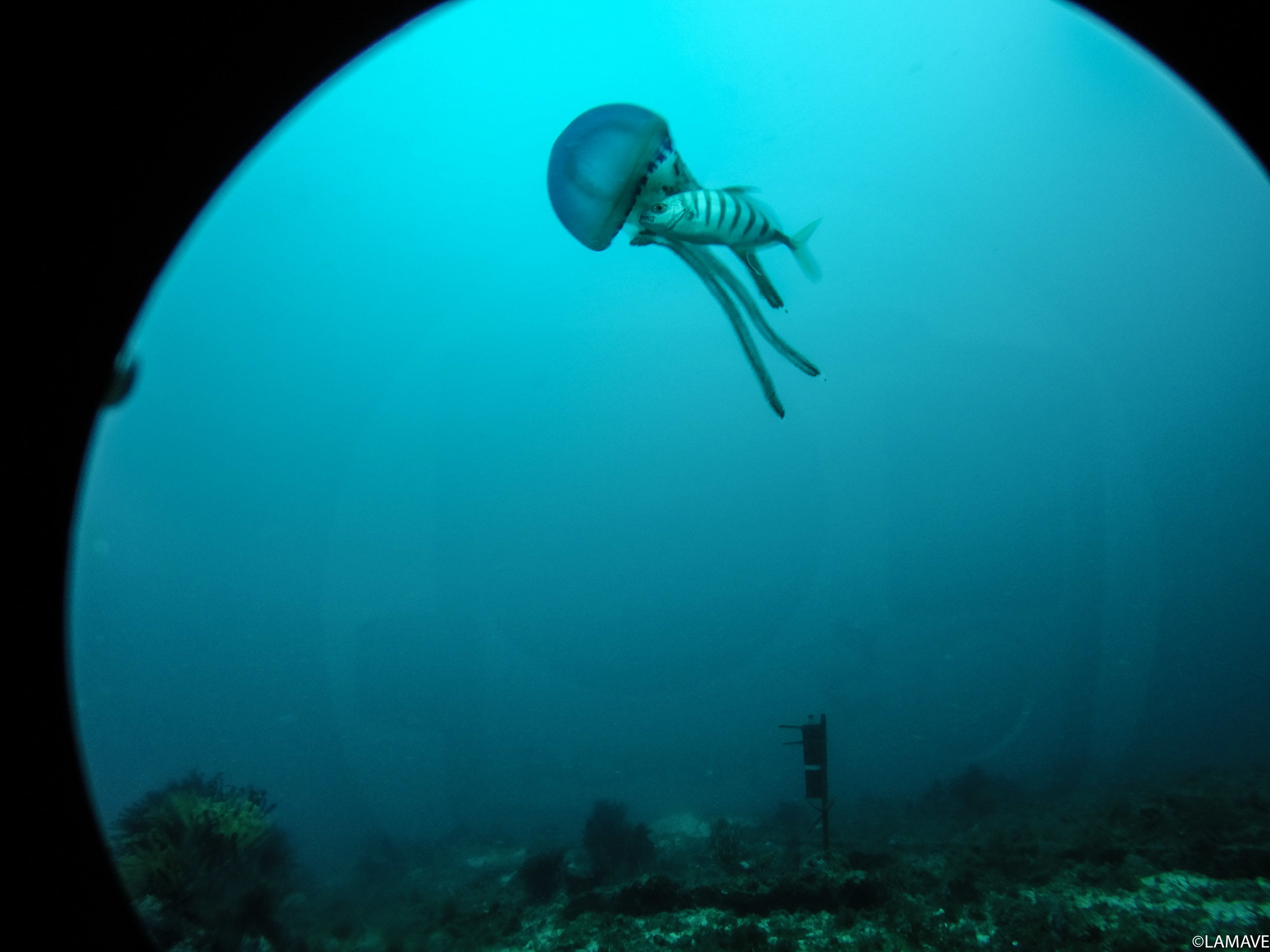
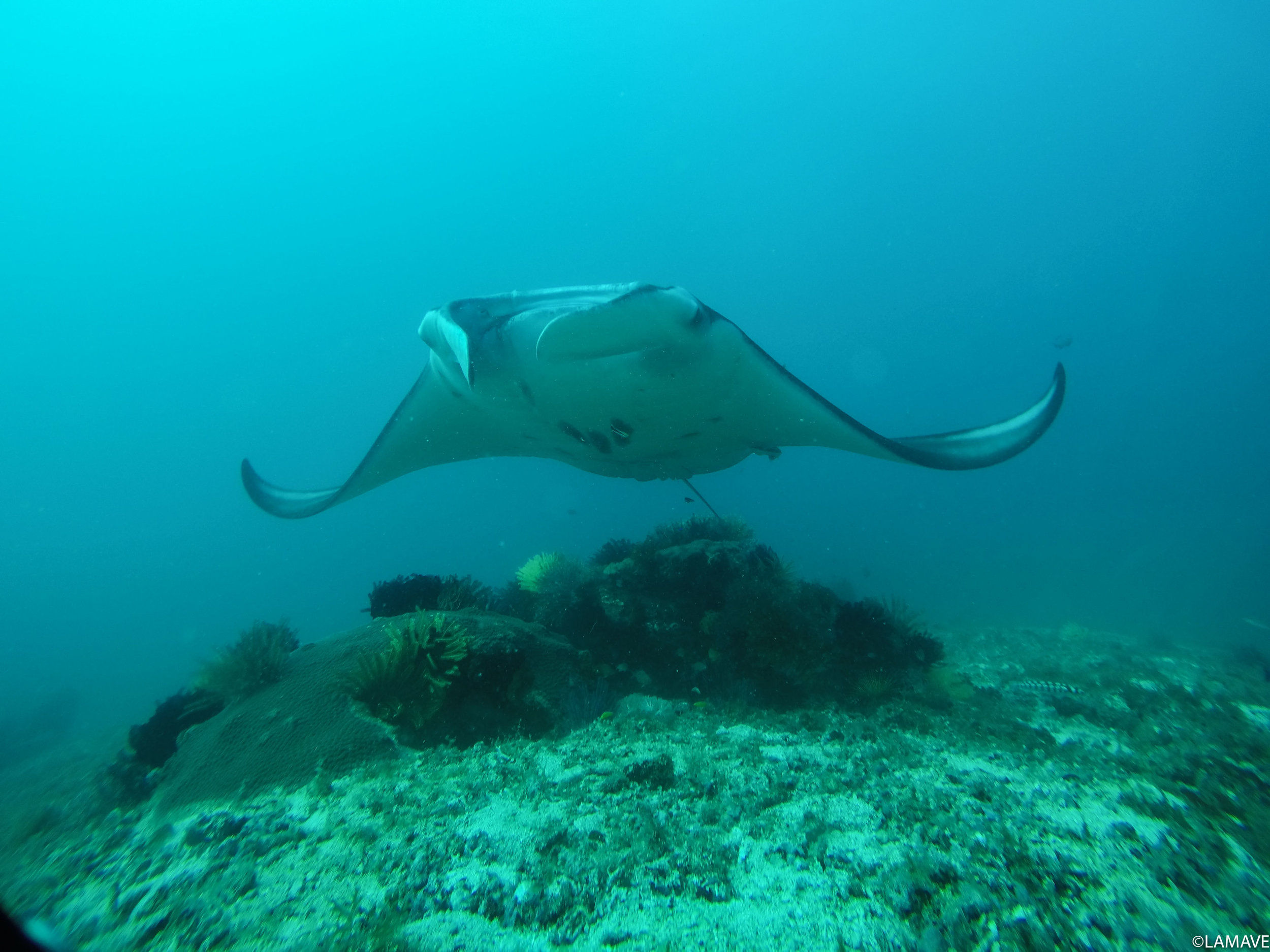

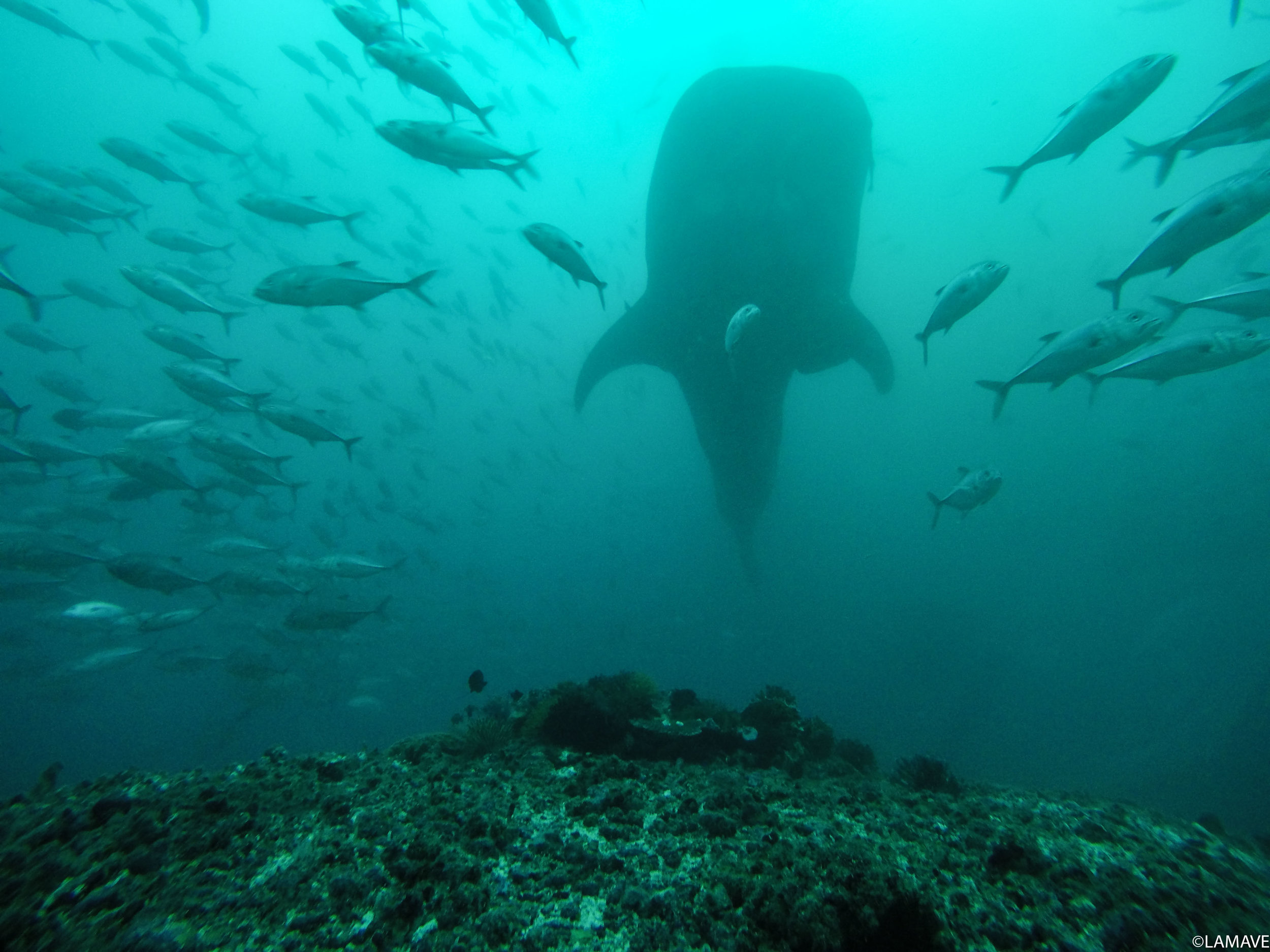



All LAMAVE team members are safe after #TyphoonOdette (Rai).
The team in Puerto Princesa City Palawan have just received access to communications through SMART (Wed 22 Dec)…